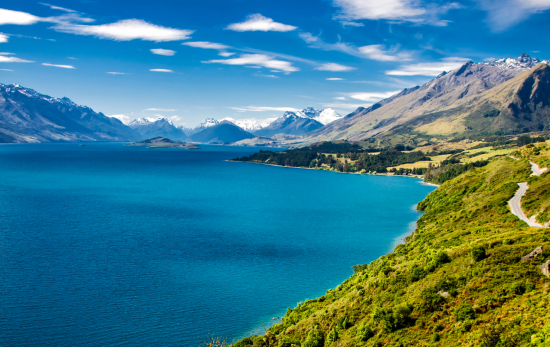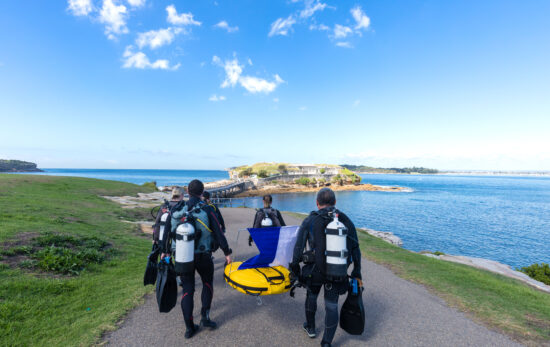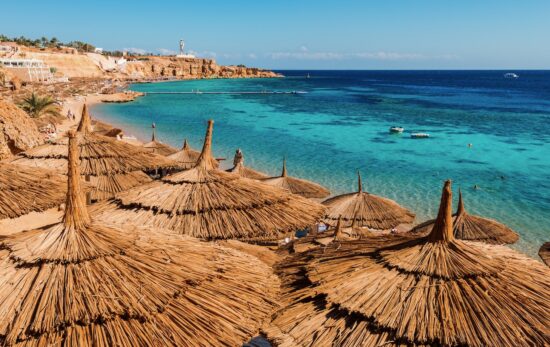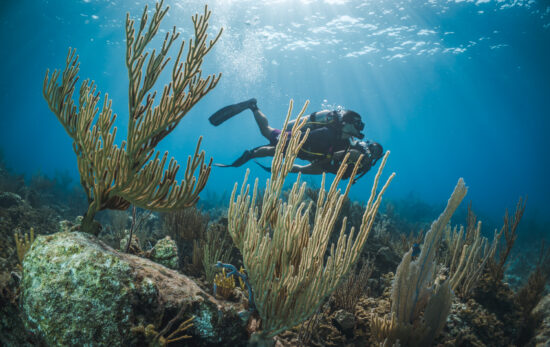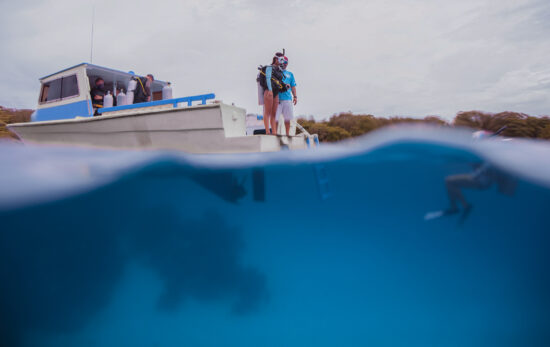Thailand enjoys a well-deserved reputation for having some of the best dive sites and the most impressive marine life in the world. This Southeast Asian country boasts a wide array of tropical islands with white sand beaches and crystal clear waters. The islands have attracted divers and travelers for decades. If you want to get scuba certified in Thailand, read on!
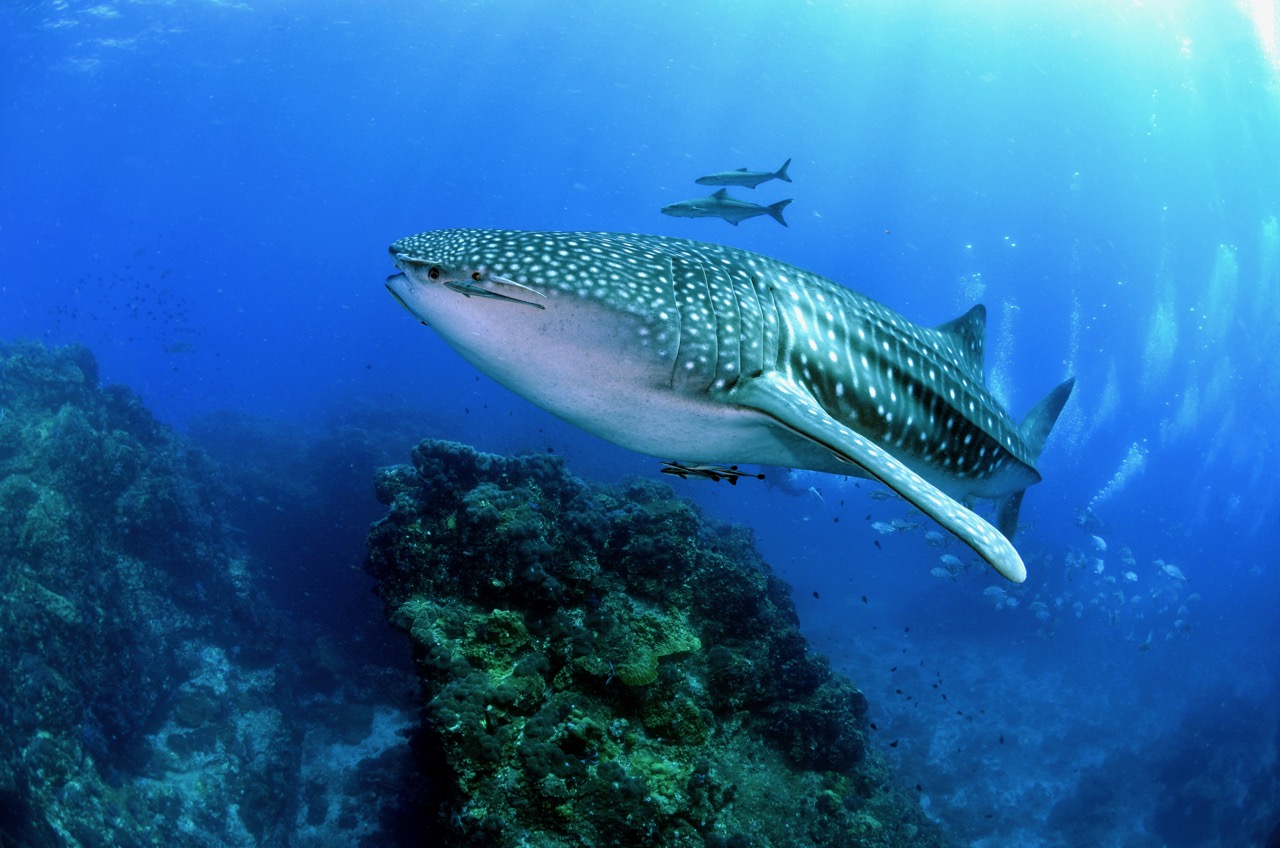
One of the reasons Thailand is a perfect place to earn your PADI Open Water Diver certification is because of its abundance of fringing reefs with shallow coral gardens. The reefs are an excellent training ground for beginner divers and provide many opportunities to experience close encounters with some amazing sea creatures. There are many impressive diving regions in Thailand that offer a choice of professionally run dive centers with excellent facilities for beginners. Here are 10 of the best places to get scuba certified in Thailand.
1. Koh Phi Phi
If you are considering getting scuba certified in Thailand, then Koh Phi Phi should be a consideration. Koh Phi Phi tourism has developed around diving, and there is no shortage of dive centers to choose from. Learning to dive in Koh Phi Phi gives you access to great dive sites which boast a wide variety of colorful corals and reef fish, as well as turtles and black-tip reef sharks. The island also offers a number of sheltered bays, which means plenty of sites have good visibility and calm conditions. If you are nervous about getting scuba certified, this is the perfect place to build your confidence underwater. Learn more about Koh Phi Phi’s diving highlights.
In recent years, Koh Phi Phi has also been at the forefront of a “sustainable tourism renaissance.” Previously, unregulated tourism to the Phi Phi islands significantly damaged the reefs and their marine life. However, there are now limitations on the number of tourists allowed per day in certain areas and restrictions on where the boats are allowed to moor. This also means that you can support sustainable tourism by learning to dive here.
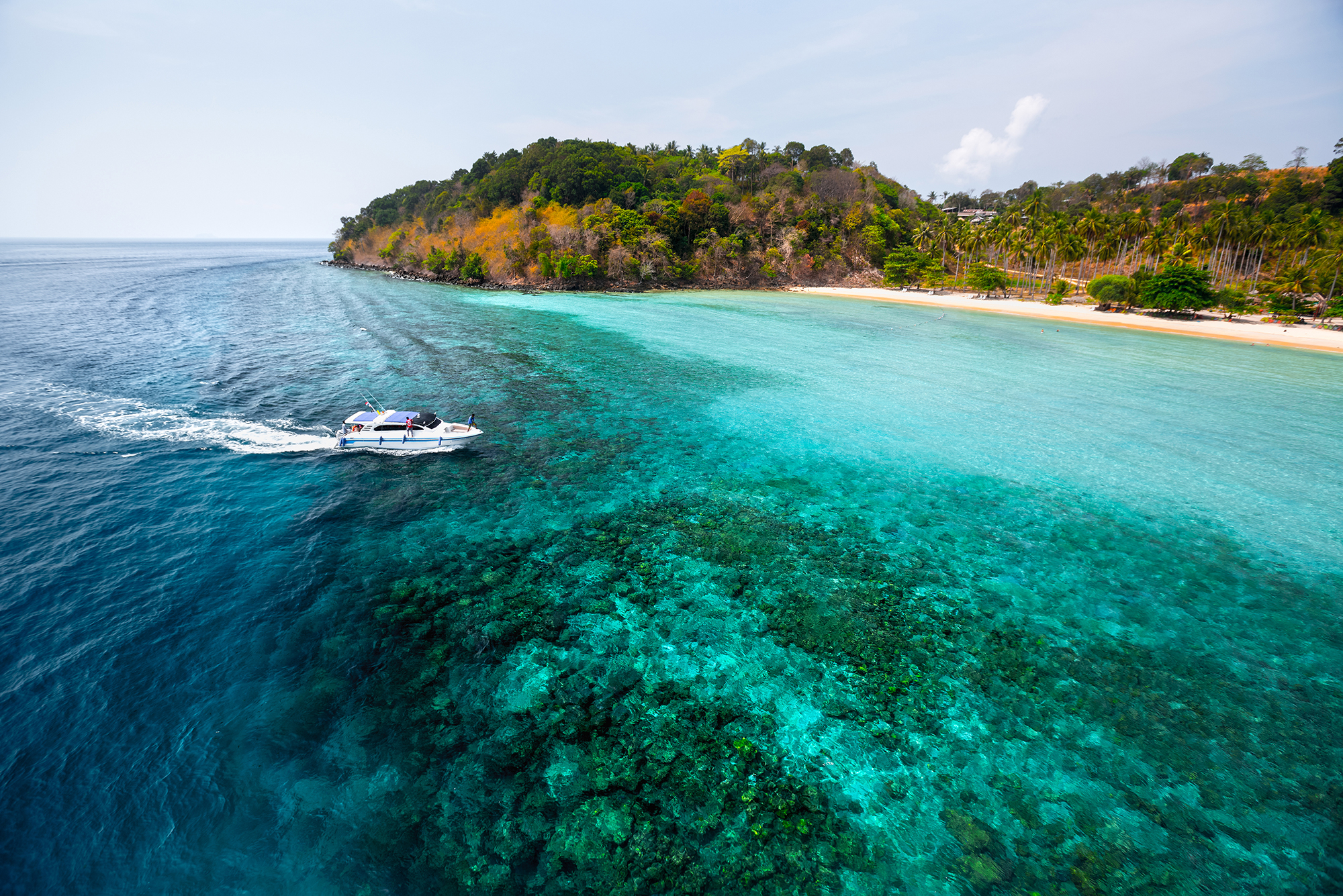
2. Koh Phangan
Although this island is known for its stunning scenery on land, the underwater dive sites of Koh Phangan are also exceedingly beautiful and jaw-dropping. You’ll find kaleidoscopic coral reefs that are bursting with color and teeming with life. Located between the islands of Koh Samui and Koh Tao, Koh Phangan is an iconic Thai diving destination renowned for dive sites, such as Sail Rock, where whale shark sightings are a major draw. As the world’s largest fish, whale sharks can weigh as much as three elephants, but they are known to be rather gentle in their demeanor. Even a brief sighting would make it an experience of a lifetime!
As a well-known hub for divers, there is a multitude of services available in Koh Phangan, from accommodation to dive centers – all of which offer the PADI Open Water Diver course for beginners who want to get certified in this phenomenal region.
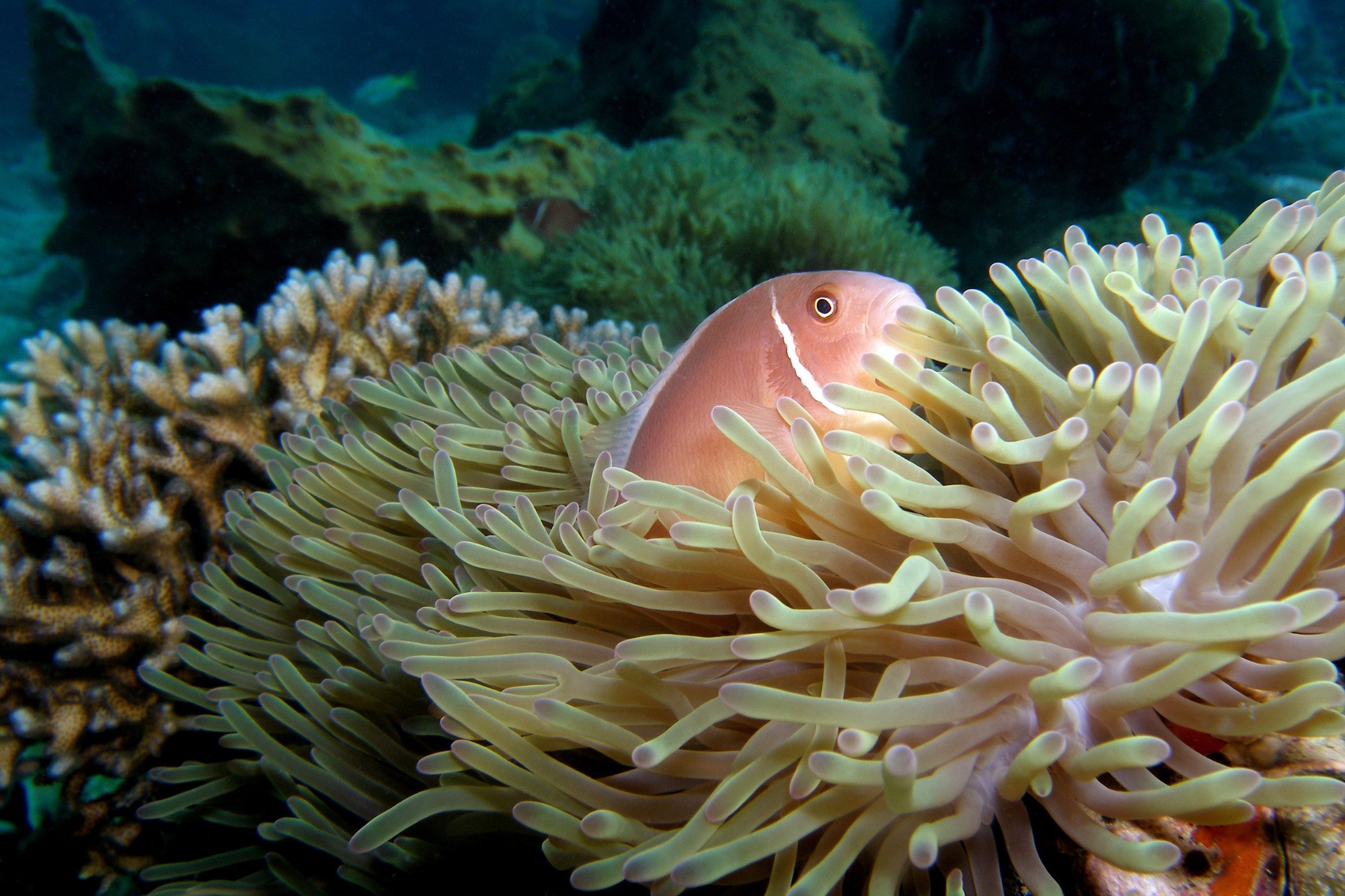
3. Koh Chang
Koh Chang has retained its traditional island vibe and is a more chilled-out destination than some of the more famous islands. Additionally, Koh Chang Marine National Park has some outstanding reefs at shallow depths, giving even beginner divers plenty of time to explore. It’s a good place to perfect your buoyancy control before progressing to the more impressive places further up the list.
4. Koh Lipe
Located in one of Asia’s oldest marine national parks, Tarutao National Park, Koh Lipe is home to amazing reefs and a wide range of abundant marine life. The shallower sites around Koh Lipe offer little current and excellent visibility for those learning to dive.
Once you’ve mastered your skills underwater, there are also sites closer to the edge of the national park where it’s possible to catch sight of whale sharks, manta rays, moray eels, leopard sharks, and more. That said, the more advanced sites, like 8 Mile Rock, can have strong tidal currents, so they can only be dived at a certain time of the month. Typically, a good time to dive at this site is right after the half-moon. If you’re eager to make the most of your trip, check the lunar calendar before booking!
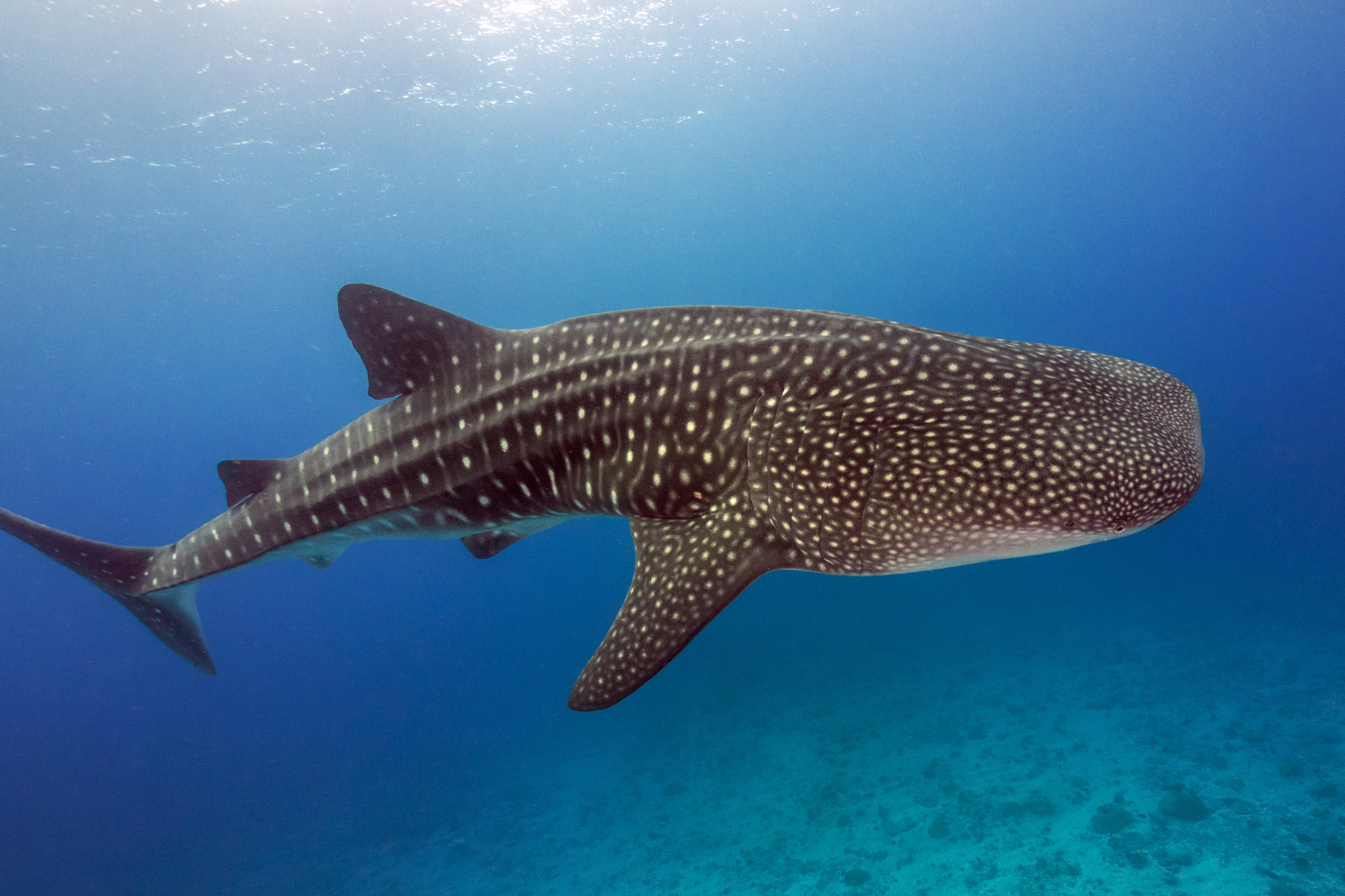
5. Koh Tao
Koh Tao is a diving mecca for beginners through to professionals, and there is a wide range of dive services to accommodate divers who visit here. The name ‘Koh Tao’ literally translates to ‘Turtle Island,’ and as its name suggests, it’s an island surrounded by impressive marine life, from its namesake turtles through to visiting whale sharks at Chumphon Pinnacle. Koh Tao’s crystal clear waters of the Gulf of Thailand and its numerous sheltered bays make it a top spot for learning to dive in Thailand.
6. Koh Samui
Koh Samui is the closest point to one of Thailand’s most iconic marine parks – the Ang Thong Marine National Park. Undoubtedly beautiful above the water, the forests of hard and soft corals beneath the surface are no less amazing.
Koh Samui generally has calm conditions around March to September, and the shallow dive sites make excellent underwater classrooms for learning and practicing skills. When you’re not working on your dive technique, and you have time to just take in the sights around you, you’ll be amazed by the diversity of tropical reef life. From cuttlefish and lionfish to multi-colored parrotfish and regal angelfish, there is no shortage of marine life sightings here.
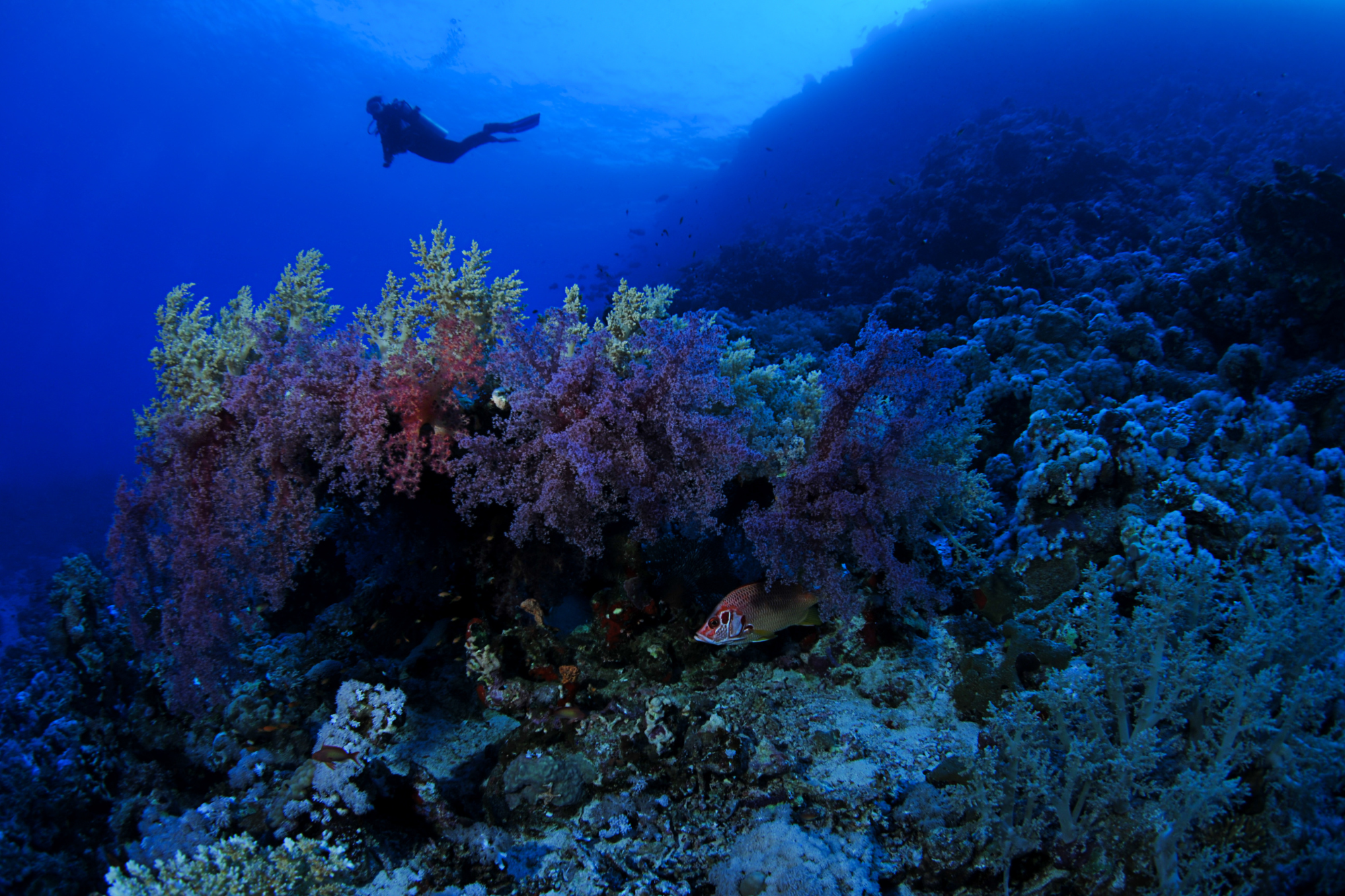
7. Pattaya
Unlike many regions in Thailand, which are seasonal, you can learn scuba diving in Pattaya all year round. If you live in Bangkok and want to make a short diving trip or learn to dive without needing to take time off work, then Pattaya should be on your radar. It’s possible to make weekend breaks to Pattaya without flying, and there’s plenty to see when you get there. Diving around Pattaya offers a range of dive sites, including a number of wrecks to explore.
As an established scuba diving destination, there are professional dive centers and accommodation options in and around Pattaya.
8. Krabi
Krabi is a renowned hotspot for travelers, adventurers, and outdoor pursuit enthusiasts. Not only can you trek and scale staggering limestone rock formations, but this is also an excellent place to pick up some underwater skills, too. This impressive region of Thailand is home to over 200 species of fish and 80 species of reef-building corals, with stingrays, cuttlefish, and leopard sharks all quite common around Ao Nang. The calm, clear, protected waters make a great spot for beginners, while advanced divers will find some exciting caverns and swim-throughs, particularly on the nearby islands, like Koh Yawabon.
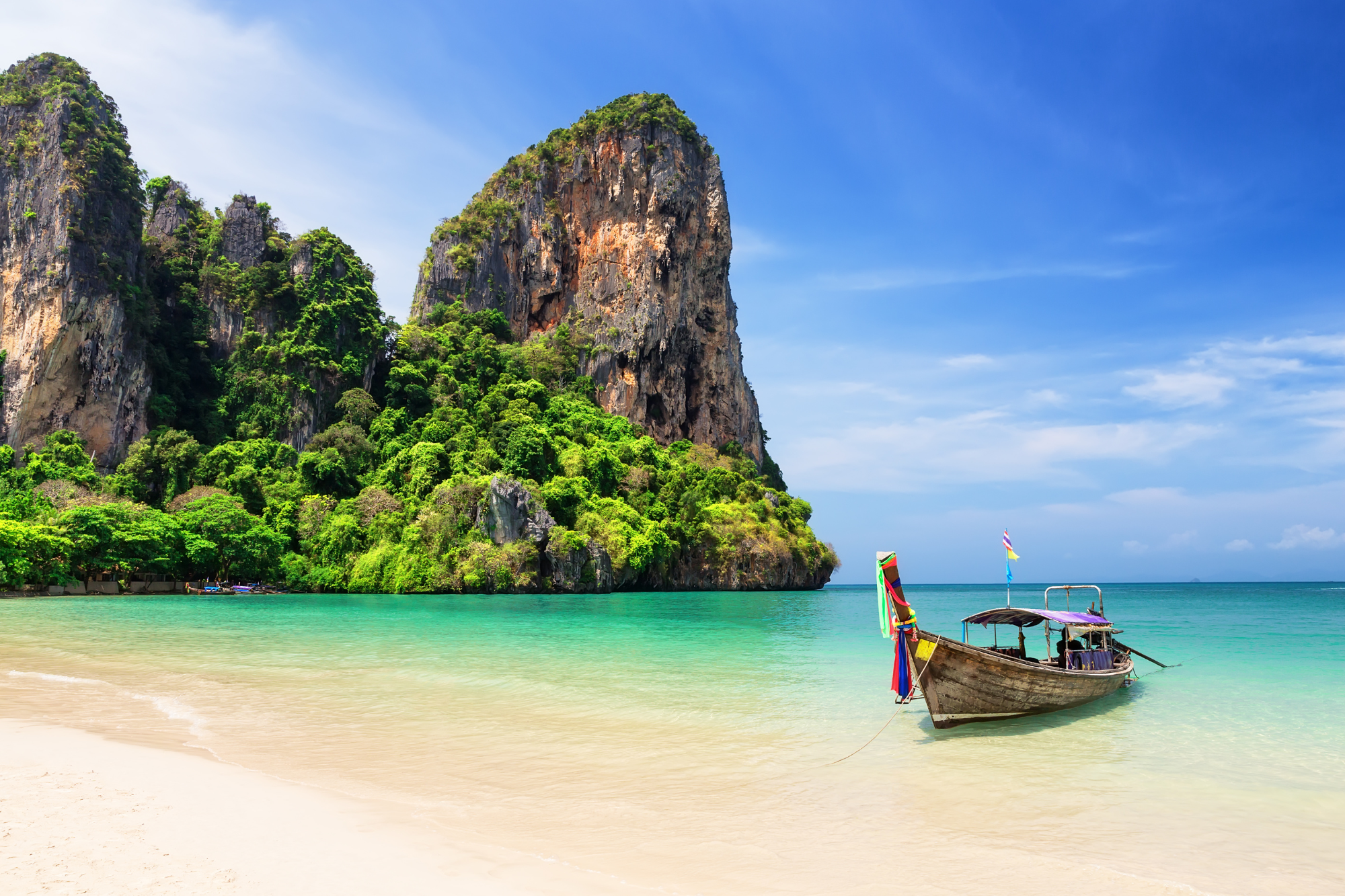
9. Phuket
Phuket has an excellent range of sites for beginners, and there is an abundance of facilities for divers, from dive resorts to dive centers. This particular island is also a well-situated base for trips to nearby islands, including the Similans, the Racha Islands, and Koh Phi Phi. If you are traveling with non-diving companions, Phuket is an ideal location with plenty of entertainment and things to do on land, too. The delectable food, friendly locals, and unique nightlife are all great reasons to check out this amazing island.
10. Koh Lanta
Koh Lanta is a gateway location to some of Thailand’s best dive sites, including the famous sites of Hin Daeng and Hin Muang. These sites are home to over 200 hard corals and 108 cataloged reef fish species. Moreover, they also have some of the highest recorded numbers of whale shark sightings in Thailand, as well as regular sightings of leopard sharks and manta rays.
While the sites immediately around Koh Lanta are not nearly as impressive, they provide excellent training dive sites for those who want to get certified. After you get scuba certified in Thailand (Koh Lanta), you’ll be in the right place to explore some of Thailand’s best diving.
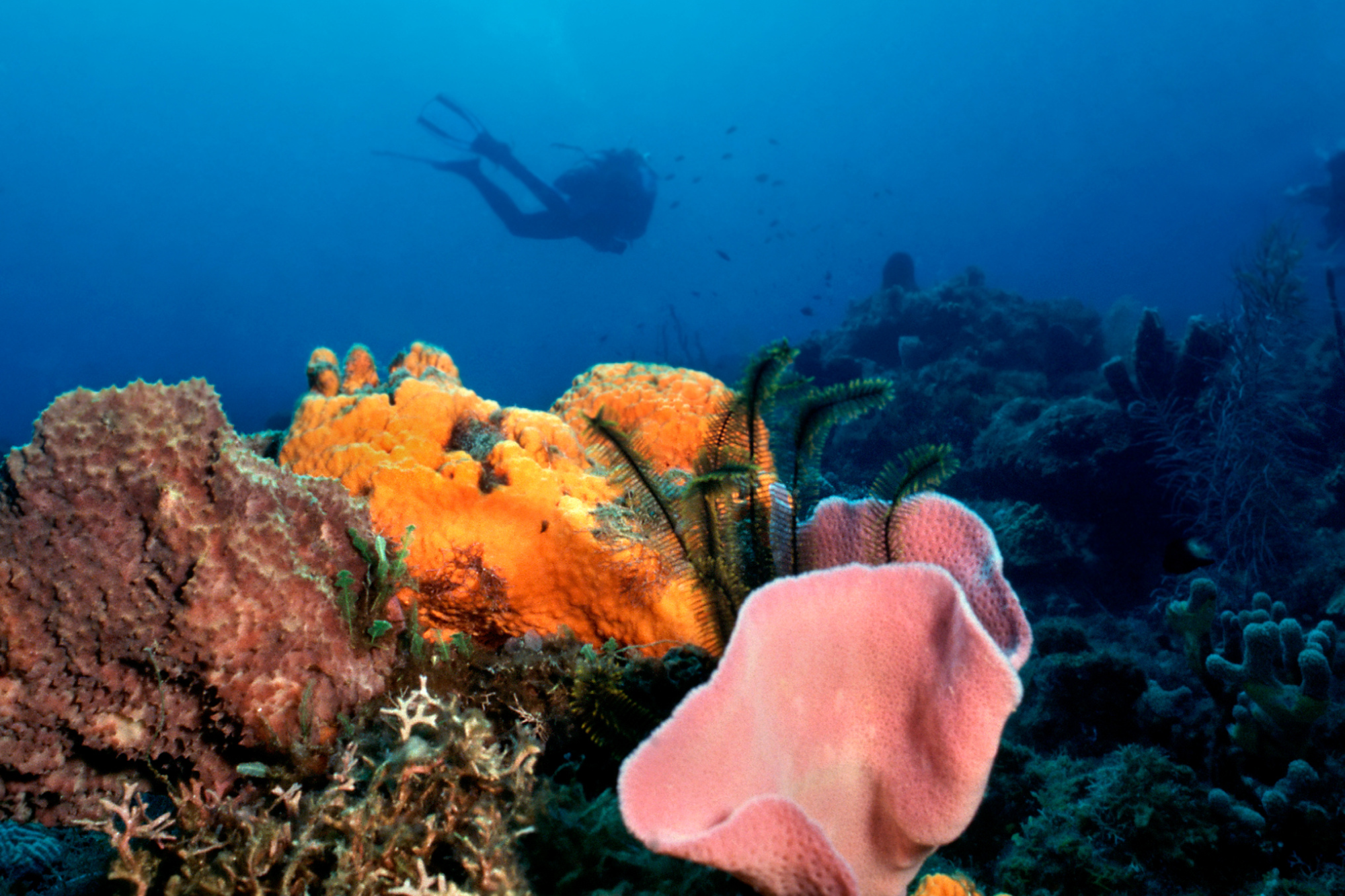
Preparing To Get Scuba Certified in Thailand
If you’ve decided on Thailand as your chosen destination for taking the PADI Open Water Course, you’ll want to be prepared. Here are some tips on how to prepare so you can optimize your experience.
1. Complete the PADI eLearning
Get started on your Open Water Diver theory with PADI eLearning®. This online course allows you to study from home, at your own pace. Having completed eLearning at home means less time in the classroom in Thailand and more time underwater.
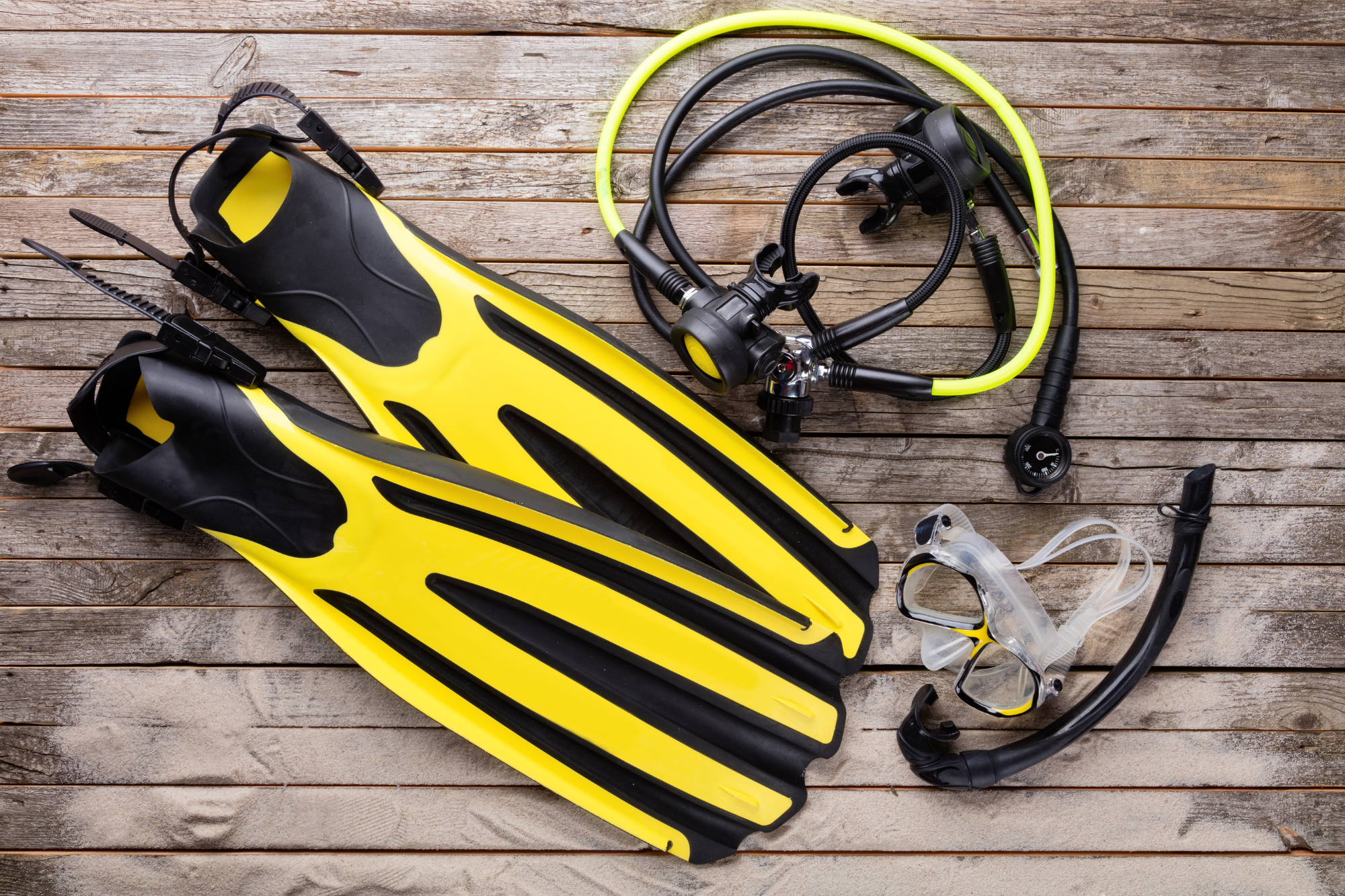
2. Travel Smart With Basic Scuba Gear
Here are some items that are easy to travel with and that can enhance your experience:
Mask and Snorkel
Although almost all dive centers include gear rental in the price of their Open Water Diver courses, you may want to purchase some basics. A mask that leaks can seriously hamper your enjoyment levels. Having your own mask that fits correctly is a great investment. Masks and snorkels are light, small, and easy to travel with. You’ll also be able to use these items on future dive trips and for snorkeling.
If you wear glasses on a daily basis, you may want to consider a prescription mask or contact lenses that can be worn with a regular mask.
Rash Guard
When getting scuba certified in Thailand, you’ll be exposed to strong sunlight. Investing in a rash guard will not only protect you from the sun but also add additional thermal protection when worn underneath your wetsuit. Rash guards take up very little space in your suitcase and can be used for multiple activities.
Dry Bag
A dry bag is a tubular shaped bag usually made from vinyl. They have roll-down closures to ensure that water is kept out and your items are protected. When getting scuba certified in Thailand a dry bag is excellent for boat trips. Store your essentials in your dry bag and rest assured that they are safe – and dry!
Dive Computer
A dive computer is probably one of the best investments a diver can make outside of their core gear. However, dive computers are a significant investment. Those who are considering a career in diving or diving on a regular basis should add a computer to their shopping list. Do your research before making a purchase. There are different styles available – watch styles, larger models, computers with free diving modes, etc. Talk to your local dive shop, explain what you are looking for, and ask for their advice. It’s worth shopping around so you get a feel for what’s on the market.

Get Packing
Packing to get scuba certified in Thailand is a little different when compared to packing for a regular holiday. The main difference is that you will spend even more time outdoors and in the water. Here are some suggestions for packing.
- Consider packing additional bathing suits so you can rotate them and put on a dry one each morning.
- Remember that the sun is strong in Thailand. You’ll want to protect yourself and the reef so pack reef safe sunscreen.
- Check if your sunglasses are polarized to protect your eyes and not just a fashion accessory.
- If you have taken PADI elearning, take your eLearning paperwork, or have it saved on your device.
- Finally, check with your chosen dive operator if there is anything they suggest you bring with you.
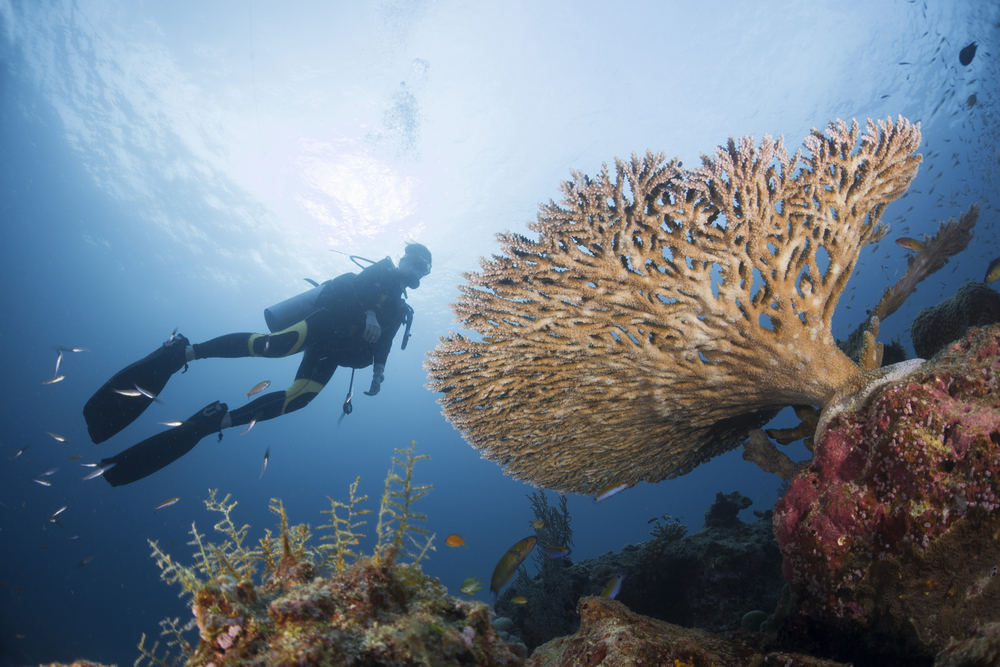
Learn To Dive
Are you feeling inspired to learn how to dive in Thailand? Start your Open Water Diver eLearning course at home and locate a PADI® Dive Shop in your chosen region. Your unforgettable dive experience awaits!

